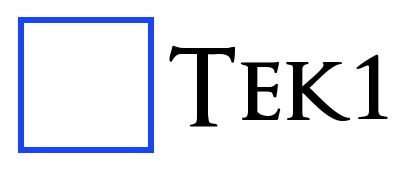(a) Watch out for situations where people start building from unapproved drawings. You don’t want to get involved in such projects.
Friends, we’ve been in the game for almost a decade. We know the ropes when it comes to building and construction projects. Builders put pressure on fabricators to meet deadlines. Fabricators put pressure on the guys doing the shop drawings. And the guys doing the drawings are forced to come up with solutions……..but there’s a problem. The vast majority of the information required to make good and accurate shop drawings are missing. It’s just not there. You can ask for RFI answers but sometimes they’re just not forthcoming from the builders or the engineers or the architects. So what do you do?
The client is demanding drawings.
“Send me the unapproved drawings,” he says.
When people say things like that: watch out! If the project goes well, then they take all the profits. But if it goes wrong, then you not only do not receive your fees, but you are forced to also wear the fabricator’s loss. It’s a lose-lose situation for you and a win-win situation for the fabricator.
So you’ve got to make a decision: (I) either hold back the release of drawings till you have better information clarity, or (II) you release it making it explicitly clear that any risk is taken up by the fabricator if they build on drawings that weren’t issued for construction. Because at the end of the day, you don’t want to be carrying the can for someone else’s cock up.
Ignore this advice at your peril.
(b) Watch out for clients who offer to pay in cash
In this day and age, especially with the sums involved, you gotta be extremely weary of clients who offer to pay in cash.
Why would someone do that? Isn’t it much easier to make a bank transfer? Yes, but the reason why people deal in cash is probably to avoid paying tax, or even worse, it’s because the money is black. You don’t want to be involved in any activity like that. So the next time someone offers to pay you $15k in cash, thank him/her for the offer and politely tell him that such an arrangement will not do.
If they insist on awarding you the work then quote a high price – really high. Change the economics of the situation such that it’s just easier to do everything legitimately. And if a cash paying client insists on coming on board – without a good reason why they want to pay in cash – especially without bargaining – then you really have to really watch out: they probably have no intention of paying; so ask them to pay up front.
As a general rule, you don’t want to get involved with clients who offer large sums of cash. I can’t think of a good reason for somebody walking around with $15 k in their pockets.
(c) Quote High
As a general rule, quote high. If the quality of your work is good then you’ll stay in business.
We use genuine licenses. And they cost a fortune. So our rates reflect the need to recoup the license cost. But inevitably, someone will want us to lower our quote to the level of operators who don’t have licenses.
We can’t compete with them. We can’t match their quotes. And we don’t even bother trying. As a general rule, these clients bargain for super low rates, and then find every excuse not to pay. Think about it: is it worthy putting your house on the line to pay for licenses and to then work for someone who doesn’t pay – or pays “if and when he gets paid”?
No friends, charge high, and deliver good quality work. If your work is good, trust me, you’ll have more work then you can handle. When you’re in that situation, pick and choose the projects that will bolster your reputation, that will book your fast profits, and that will be of enormous benefit to your existing clients – and let other operators fall into projects which are poorly funded, planned and managed.

Leave a Reply